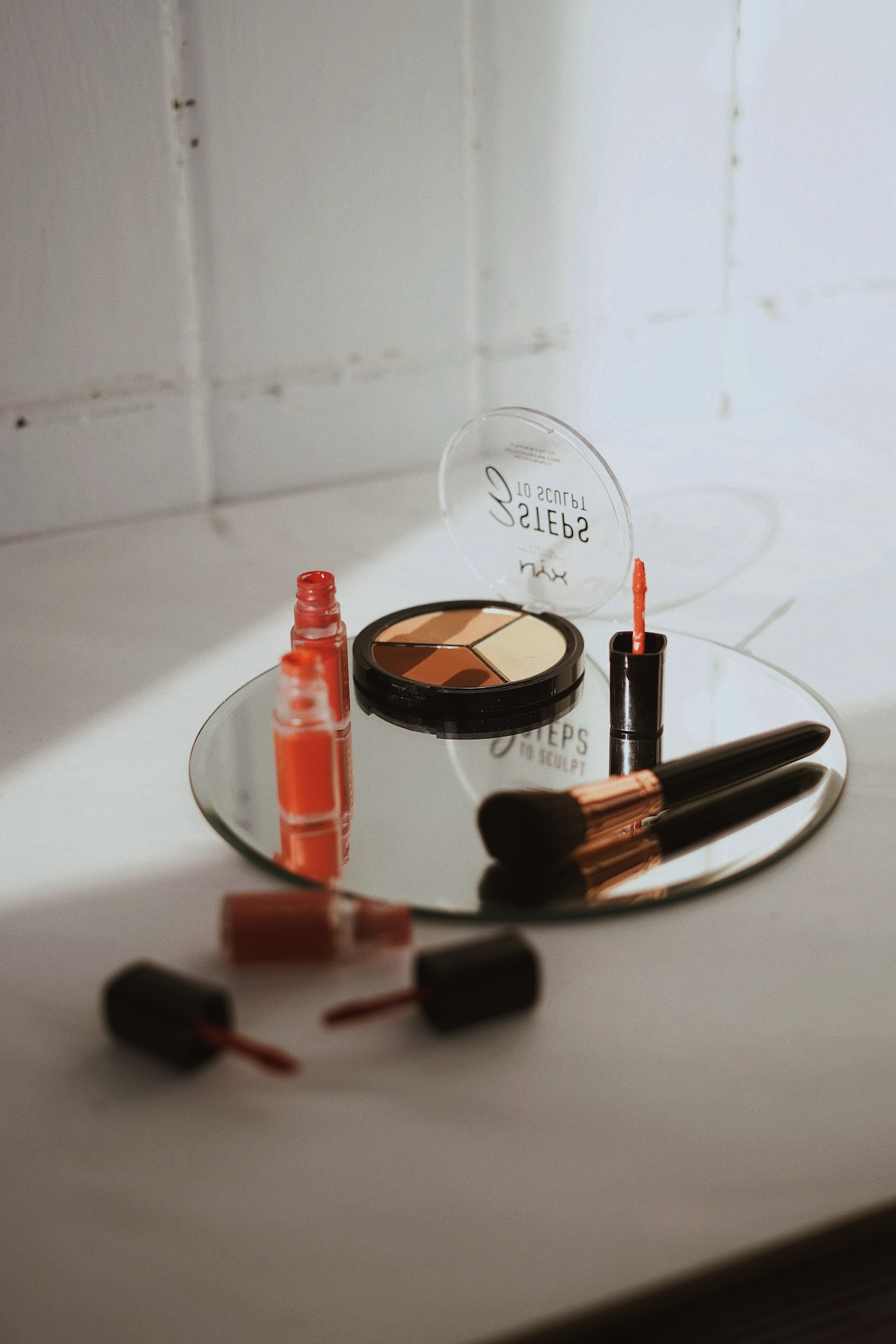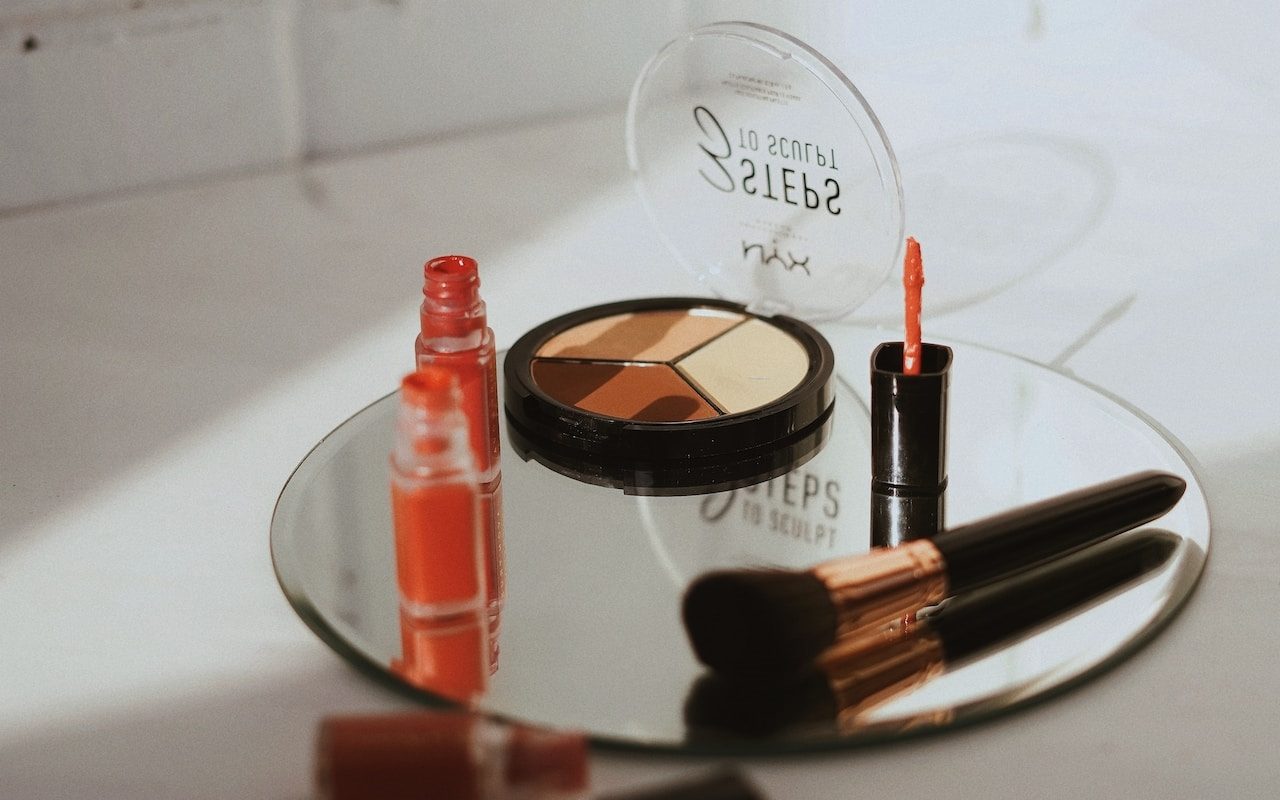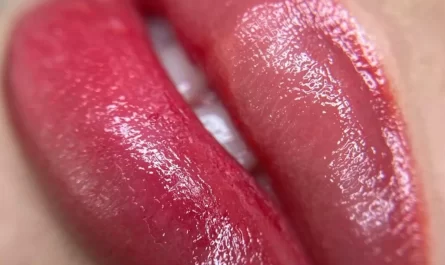
Microblading has gained tremendous popularity in recent years as a semi-permanent solution for achieving fuller and more defined eyebrows. It involves the meticulous process of depositing pigment into the skin using a handheld tool with multiple tiny needles. While microblading can enhance your eyebrows and provide natural-looking results, it’s important to understand what happens to microbladed eyebrows as you age.
Erosion of pigment
Over time, the pigment used in microblading can fade and break down. This is due to a variety of factors, including the natural shedding and renewal of the skin cells. As you age, your skin undergoes changes, such as a decrease in collagen production and slower cell turnover. These changes can contribute to the gradual erosion of the pigment, resulting in lighter and less defined eyebrows.
Changes in eyebrow shape
As you age, your face goes through various structural changes, and the shape of your eyebrows can also be affected. Factors such as the loss of elasticity in the skin, muscle weakening, and changes in bone density can alter the position and shape of your eyebrows. This can make the initial microbladed shape appear different or less symmetrical over time.
Gray or white eyebrow hairs
Another common occurrence as you age is the appearance of gray or white hairs in your eyebrows. This can be particularly noticeable if you have darkly pigmented microbladed eyebrows. The contrast between the microbladed pigment and the gray or white hairs can create an uneven or unnatural-looking appearance.
Treatment options for aging microbladed eyebrows
If you notice changes in your microbladed eyebrows as you age, there are several options to consider:
- Touch-up sessions: Regular touch-up sessions can help maintain the color and shape of your microbladed eyebrows. These sessions involve reapplying the pigment to refresh the appearance and address any fading or lightening.
- Tinting: Eyebrow tinting can be done to darken the existing hairs and create a more cohesive look with the microbladed pigment. This can help minimize the contrast between gray or white hairs and the microbladed color.
- Microshading: Microshading is a technique that combines microblading with shading, creating a softer and more powdered effect. This technique can be used to adjust the shape or color of the microbladed eyebrows as you age.
- Consider eyebrow tattooing: If your microbladed eyebrows have significantly lightened or faded, you may consider eyebrow tattooing for a more long-lasting solution. This involves depositing pigment deeper into the skin to create a more permanent effect.
Final thoughts
While microblading can initially enhance your eyebrows and provide a more youthful appearance, it’s essential to understand that the results can evolve as you age. Factors such as pigment erosion, changes in eyebrow shape, and the appearance of gray or white hairs can all affect the overall look of your microbladed eyebrows. Regular touch-up sessions, tinting, microshading, or even considering eyebrow tattooing can help address these changes and maintain your desired eyebrow appearance over time.


